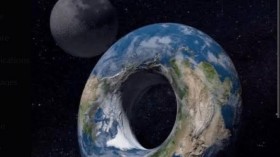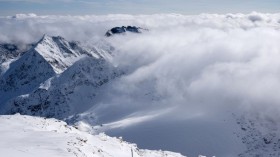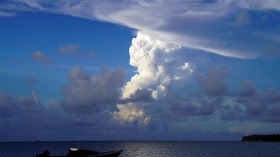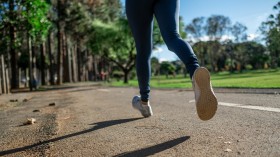Albert Einstein, European Space Agency’s (ESA) fourth Automated Transfer Vehicle, launched into orbit June 6 with the expectation that it will dock with the International Space Station in just over a week.
The Ariane 5 rocket, operated by Arianespace, lifted off from a spaceport in Kourou, French Guiana at 5:53 p.m. EDT (21:52 GMT) and is the second to last of the ESA’s five planned station resupply spacecrafts it began launching in 2008.
During its travels, the ship will be monitored by the ATV Control Center, jointly operated by ESA and CNES, the French space agency.
At some 5,500 pounds, the shipment is the heaviest for the Europeans yet and carries on it a total of 1,400 separate items, according to a press released issued by the agency, including drinking water and propellants for reboosting the International Space Station’s orbit.
Moreover, according to the ESA, the vehicle is the “largest, most advanced and most capable of the vehicles servicing the orbital outpost.”
Among its many features, the agency explains, the spacecraft boasts “high-precision navigation systems, highly redundant flight software and a fully autonomous self-monitoring and collision-avoidance system with independent power suppliers, control and thrusters.”
Ultimately, the ESA said, “No other spaceship approaching the Station has demonstrated such a level of autonomous control.”
According to Jean-Jacques Dordain, ESA Director General, the launch represented a significant event for the agency.
“With another successful launch of the ATV, and another record in lifting capacity, European industry demonstrates its capacity to produce unique spacecrafts, providing ESA with a key role among the partners of the International Space Station,” he said.
However, in his statement regarding the event the ESA Director of Human Spaceflight and Operations Thomas Reiter stressed the event is about more than any one country or even any one continent.
“Today, we’re supporting long-term settlement and scientific research in low orbit,” he said. “Tomorrow, we will take this expertise beyond orbit together with our partners.”
© 2024 NatureWorldNews.com All rights reserved. Do not reproduce without permission.





